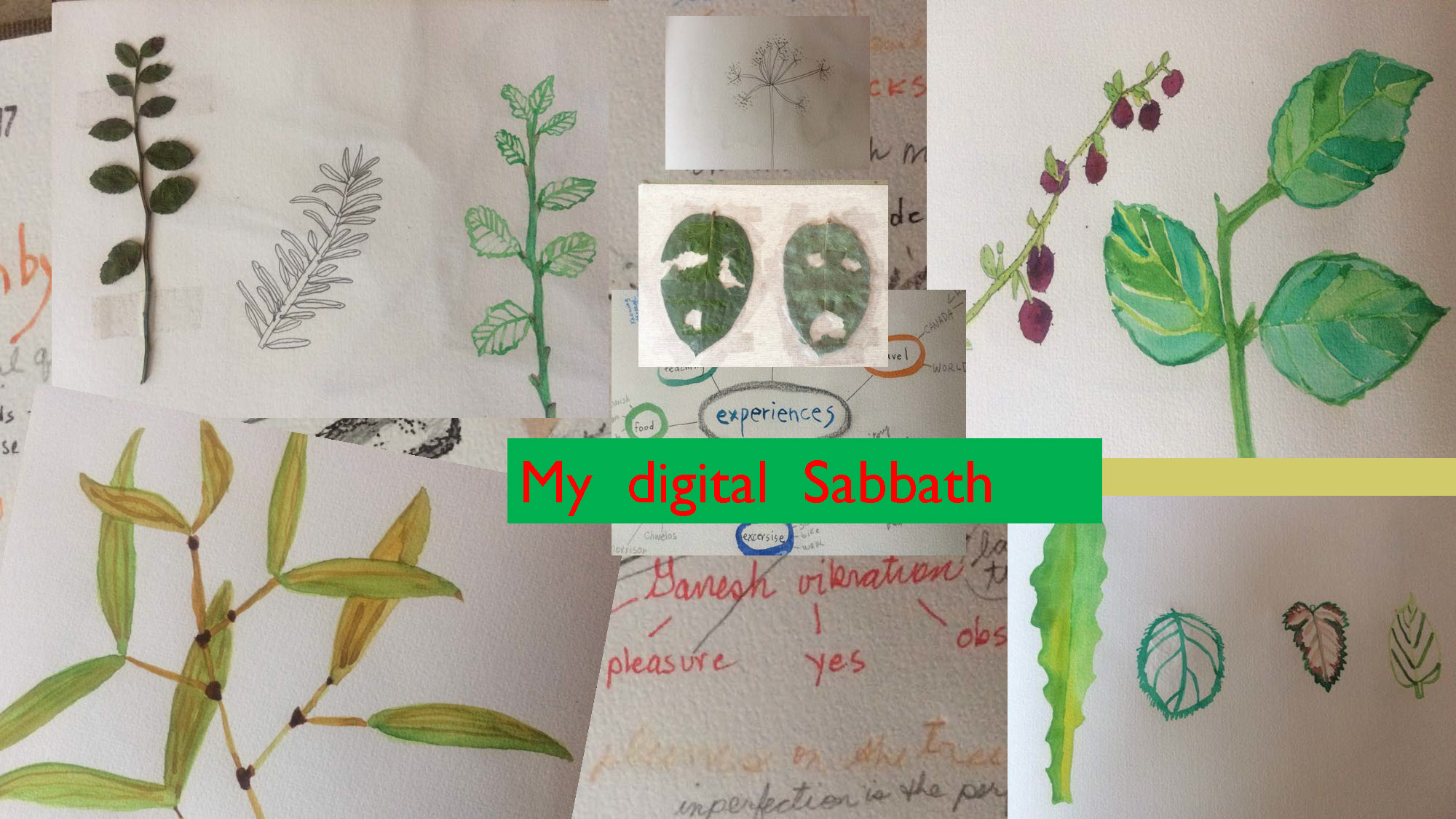Sep 18, 2017
By Cyndy Chwelos, BRM Coordinator & Instructor
I could not remember the last time I was without a digital device, after all, I had just gotten my 87-year-old mother connected to Instagram, it was one way I could ‘share’ my life with her which we both relish. The urge to go on a digital Sabbath was grounded in the benefits I was reading about in ‘unplugging’.

Thus, the resulted desire to try to disconnected; I say try because I expected it to be difficult but surprise, surprise it was not. In fact, after 2 weeks of being unplugged I experienced LOTS of resistance to plugging back in (still not back on Instagram). The idea of idle time that Ferris Jabr describes in Why Your Brain Needs More Downtime was what I was after. Locating myself for 2 weeks in a caravan nestled in the woods on a gulf island created the ideal opportunity to foster idle time. NOT being digitally connected provided me uninterrupted time allowing for daydreaming, uncensored exploration, rumination, following my impulses, and my daily compass. I read, drew, swam, practiced yoga, prepared fantastic meals and connected with my inner self in a way that I have not for a while. What a peak leisure experience! This experience guided me to create a new relationship with being connected to texting, the internet, Instagram, FB, mail…that I am still sorting out. The weekly Sabbath that many are currently talking about (giving devices a rest for 24 hours over a weekend) is one such way. On a daily basis, I remain diligent to ‘connecting’ more on my terms not the devices’…turning the ringer off and choosing when to check-in is forming this new relationship where I am in control- not the device.
Ghosain, Manal. Taking a Digital Sabbatical – Why and How http://onewithnow.com/taking-a-digital-sabbatical-why-and-how/ 2011.
Jabr, Ferris. Why Your Brain Needs More Downtime https://www.scientificamerican.com/article/mental-downtime/ 2013.
Kreider, Tim. The Busy Trap https://opinionator.blogs.nytimes.com/2012/06/30/the-busy-trap/ 2012.
